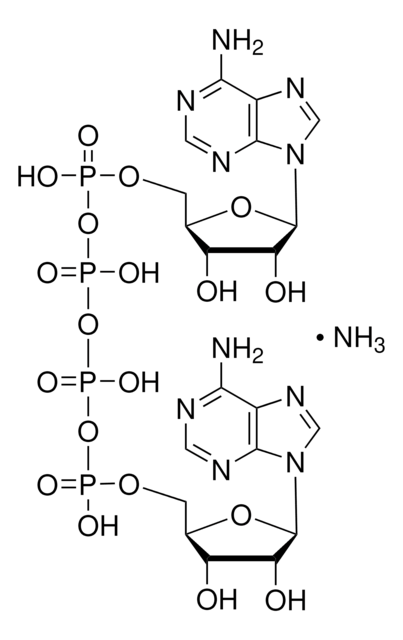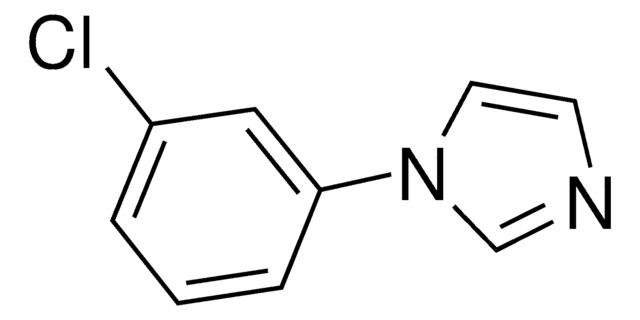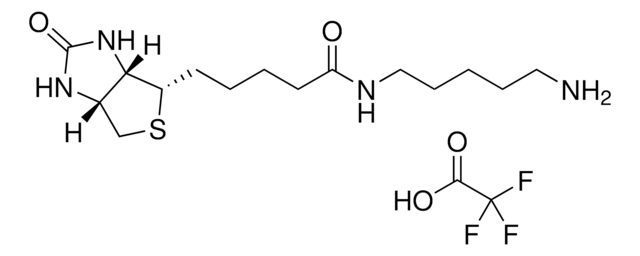推荐产品
表单
liquid
颜色
orange-red
pH值(酸碱度)
<1
正在寻找类似产品? 访问 产品对比指南
一般描述
Room-temperature nickel metallizing (RTM) process for alumina ceramics and other dielectric materials - strongly bonded nickel can be plated, soldered, brazed or welded.
应用
- The RTM process is applicable to metallizing alumina substrates in hybrid and microcircuits, insulated heat sinks, ceramic tubes, windows and terminals. Strong bond structures are produced. Structures with hermetic seals are formed as well.
- The RTM process is also useful for metallizing barium titanate and ferrites. In addition, many polymeric materials, notable polyesters, epoxies, cellulosics, mylar and acrylonitrile-butadiene-styrene (ABS terpolymer) may be metallized following suitable modifications of the etch (Solution A).
- RTM lends itself productively to the application of photolithographic technology using photo resist materials to register metallization patterns. In this manner, conductive pads may be formed for thin film and hybrid circuits. Base plates for building capacitor structures are also quite feasible.
特点和优势
UNIQUE FEATURES:
The RTM process offers a reliable, yet simple and economical method to metallize dielectric (non-conductor) materials at room temperature. This metallizing process with nickel is especially suited for commercial alumina type ceramics. The process sequence in 5 basic operations is illustrated above.
Pretreatment of the ceramic material with Polimet lapping compound may be omitted if the ceramic material already shows surface roughness of at least 20 microinches, average. Surface lapping with Polimet compound will result in a uniform surface with a roughness of 25 microinches average.
The composition and formulation of A-B-C-D solutions used in RTM permit excellent control of the metallization process.The nickel deposit is found to be unstressed, highly conductive, and extremely adherent with strong bond strength exhibited from −60 °C to + 850 °C. It has a hardness of at least 500 (Vickers) as deposited. The adherent nickel deposit may be plated, soldered, brazed or welded.
- Low cost metallization process.
- Excellent bond strength − 100 psi typical.
- Withstands temperature extremes - - 65 °C. to + 850 °C.
- Passes Mil specifications for temperature cycling and shock.
- Hermeticity - leak rate < 10-8cc helium/second.</LI>Permits registration of metallization patterns with good resolution using photolithographic techniques and mechanical masking.
- Process applicable to beryllia, barium titanate, ferrites, epoxies, mylar and other dielectrics.
The RTM process offers a reliable, yet simple and economical method to metallize dielectric (non-conductor) materials at room temperature. This metallizing process with nickel is especially suited for commercial alumina type ceramics. The process sequence in 5 basic operations is illustrated above.
Pretreatment of the ceramic material with Polimet lapping compound may be omitted if the ceramic material already shows surface roughness of at least 20 microinches, average. Surface lapping with Polimet compound will result in a uniform surface with a roughness of 25 microinches average.
The composition and formulation of A-B-C-D solutions used in RTM permit excellent control of the metallization process.The nickel deposit is found to be unstressed, highly conductive, and extremely adherent with strong bond strength exhibited from −60 °C to + 850 °C. It has a hardness of at least 500 (Vickers) as deposited. The adherent nickel deposit may be plated, soldered, brazed or welded.
警示用语:
Danger
危险分类
Acute Tox. 4 Inhalation - Acute Tox. 4 Oral - Aquatic Acute 1 - Aquatic Chronic 1 - Carc. 1B - Eye Dam. 1 - Met. Corr. 1 - Muta. 1B - Repr. 2 - Resp. Sens. 1 - Skin Corr. 1 - Skin Sens. 1 - STOT RE 2 Inhalation - STOT SE 3
靶器官
Respiratory system
储存分类代码
5.1B - Oxidizing hazardous materials
WGK
WGK 3
闪点(°F)
Not applicable
闪点(°C)
Not applicable
法规信息
新产品
我们的科学家团队拥有各种研究领域经验,包括生命科学、材料科学、化学合成、色谱、分析及许多其他领域.
联系技术服务部门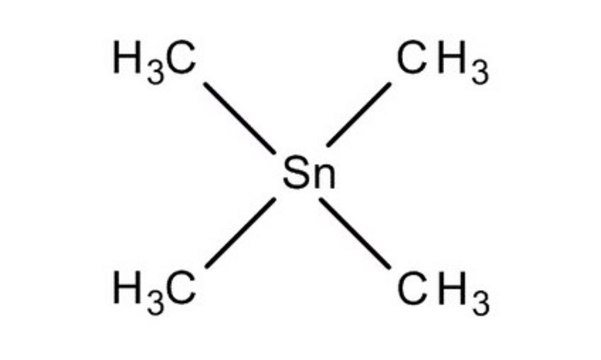
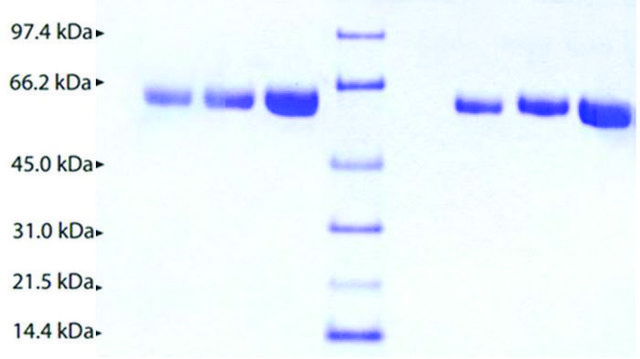
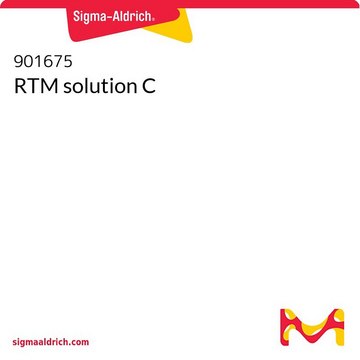
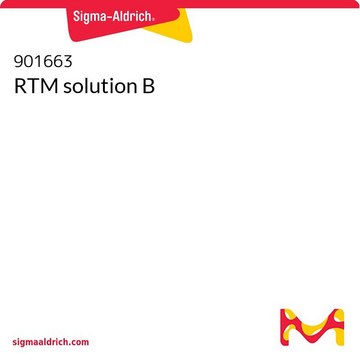

![氯[1,3-双(2,6-二异丙基苯基)咪唑-2-亚基]铜(I)](/deepweb/assets/sigmaaldrich/product/structures/199/763/44637b2e-b87c-42a3-abc3-3985b6cd7d5d/640/44637b2e-b87c-42a3-abc3-3985b6cd7d5d.png)
